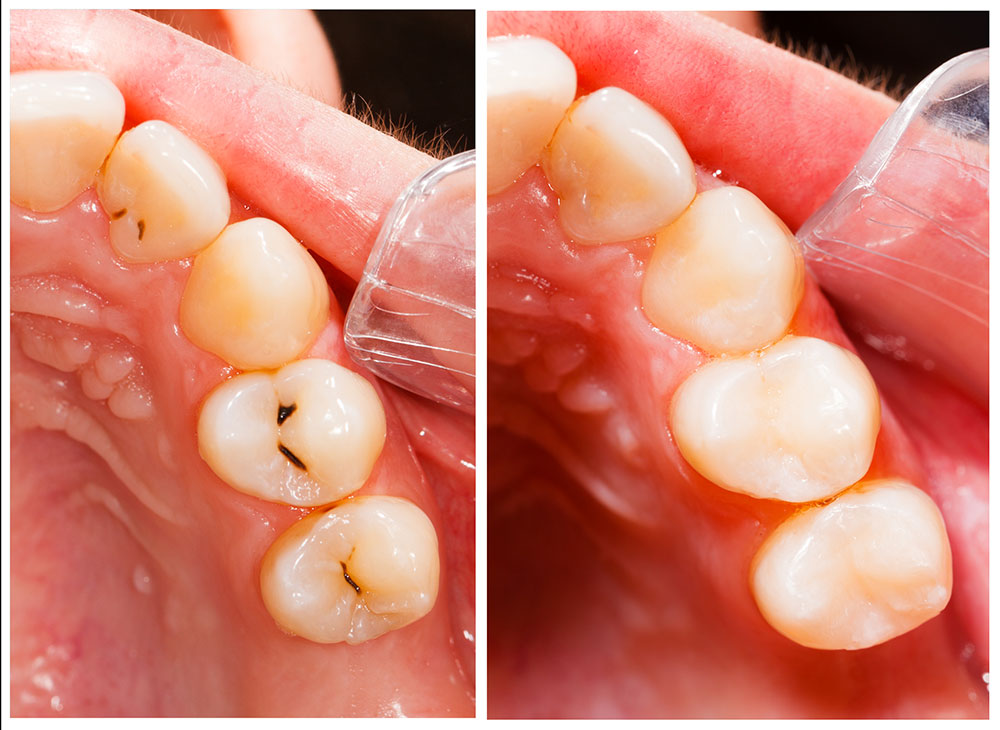Dental fillings
What to Expect When Getting a Dental Filling
Let’s be honest—nobody looks forward to the words, “You’ve got a cavity.” But modern dentistry has made treating tooth decay a whole lot easier and far more comfortable than it used to be. Enter dental fillings: one of the most common and effective tools we have to restore damaged teeth and keep your smile healthy.
Dental fillings are used to repair minor fractures, chips, or—most often—cavities caused by tooth decay. When a dentist removes decayed material from your tooth, they need to fill that space to protect the tooth’s structure and prevent further damage. It’s not just about aesthetics; it’s about function, longevity, and keeping your oral hygiene in check.
Fillings are your tooth’s second chance—like a patch on a tire, but far more refined.
Types of Dental Fillings
No two smiles are alike, and neither are fillings. The material your dentist recommends depends on where the cavity is, how visible the tooth is, your budget, and your personal preferences.
Amalgam Fillings
You’ve probably seen these before—those classic silver-colored fillings. Amalgam has been used for over a century because it’s cost-effective, strong, and long-lasting. It’s especially useful for molars, where biting pressure is the highest. But let’s be honest: they’re not winning any awards for subtlety.
Composite Resin Fillings
If you’re after a more natural look, composite resin fillings are your friend. These are tooth-colored and can be closely matched to your natural enamel. They’re ideal for visible teeth and small to medium cavities. Plus, they bond chemically to the tooth structure, which can add some reinforcement.
Ceramic Fillings
Ceramic fillings—usually made of porcelain—are known for being durable and stain-resistant. They look great and hold up well over time, but they tend to cost more than composite resin. These are often used when both function and aesthetics are a priority.
Gold Fillings
Gold fillings are durable, biocompatible, and can last 20 years or more. They don’t corrode, and they’re gentle on opposing teeth. But they’re also very noticeable and usually the priciest option on the list. Some patients love the bold look; others prefer something more discreet.
When choosing the right filling, your dentist will consider a few key factors: where the cavity is located, how much tooth structure is missing, your budget, and how important aesthetics are to you.
Best Dentists in Washington & Oregon
The Procedure for Getting a Dental Filling
Getting a dental filling is a fairly straightforward dental procedure, but knowing what to expect can ease the nerves a bit.
Diagnosis
It starts with detection. Your dentist may spot a cavity during a routine exam or see something suspicious on an X-ray. Sometimes, you’ll feel the signs first—like a mild toothache or increased sensitivity.
Anesthesia
If the cavity has progressed deep enough, your dentist will likely numb the area with local anesthesia. It’s a quick pinch, and then the area is pain-free for the rest of the procedure.
Removal of Decay
Next, your dentist removes the decayed part of the tooth with a drill or laser. The goal here is to get all the bad stuff out while preserving as much healthy tooth as possible.

Filling Application
Once the tooth is cleaned out and ready, your dentist places the filling. If it’s a composite resin, it’s added in layers—each one hardened with a curing light before the next goes on. If the filling is amalgam, ceramic, or gold, it’s shaped to fit the space and then secured in place, with each material requiring its own technique for setting properly.
Final Steps
Finally, your dentist smooths and shapes the filling to match your natural bite, then polishes it so it looks and feels like it’s always been part of your tooth. You’ll bite down on some paper a few times—just to make sure everything lines up correctly.
Signs You Might Need a Filling
Cavities can be sneaky, but your mouth usually sends warning signals. Here’s what to watch for:
- Toothache or pain when biting down
- Tooth sensitivity, especially to sweet, hot, or cold foods
- Visible holes or dark spots on the tooth
- Chronic bad breath or a lingering unpleasant taste in your mouth that just won’t go away
- A rough or chipped area you can feel with your tongue
If anything on that list sounds familiar, it’s time to book a checkup.
Longevity of Fillings: How Long Do They Last?
Like most things, fillings don’t last forever. Their lifespan depends on the material used, your oral hygiene habits, and even your eating and chewing patterns.
- Amalgam fillings: 10–15 years
- Composite resin: 5–10 years
- Ceramic fillings: 10–15 years
- Gold fillings: 15–30 years
Regular dental care and routine checkups are the best way to monitor your fillings and catch any wear or damage before it turns into a bigger problem.
What to Expect After a Filling
After a filling, it’s totally normal to feel a little numb for a few hours. Some people also experience mild sensitivity or discomfort when chewing or drinking cold liquids, but that usually goes away within a day or two.
Your dentist will likely suggest avoiding hard or sticky foods for the first 24 hours—especially if you’ve had an amalgam filling that takes a bit longer to fully set. If you experience lingering pain, uneven bite, or swelling, give your dental office a call. Most post-procedure discomfort is manageable, but it shouldn’t linger for more than a few days.
Keeping up with regular brushing, flossing, and dental visits will help extend the life of your fillings and keep your teeth in good shape.
Conclusion
Dental fillings are a routine solution to a common problem—but that doesn’t make them any less important. They restore the health, strength, and function of your teeth while preventing more serious issues down the road. Whether you’re fixing a tiny cavity or replacing an old filling, getting treated early can save you time, money, and discomfort later.
So if something feels off, don’t ignore it. Tooth sensitivity, discomfort, or visible damage could be your mouth’s way of waving a red flag. And remember: the best filling is the one you never need—so stay consistent with your oral hygiene and schedule those regular dental checkups. Your future smile will thank you.
